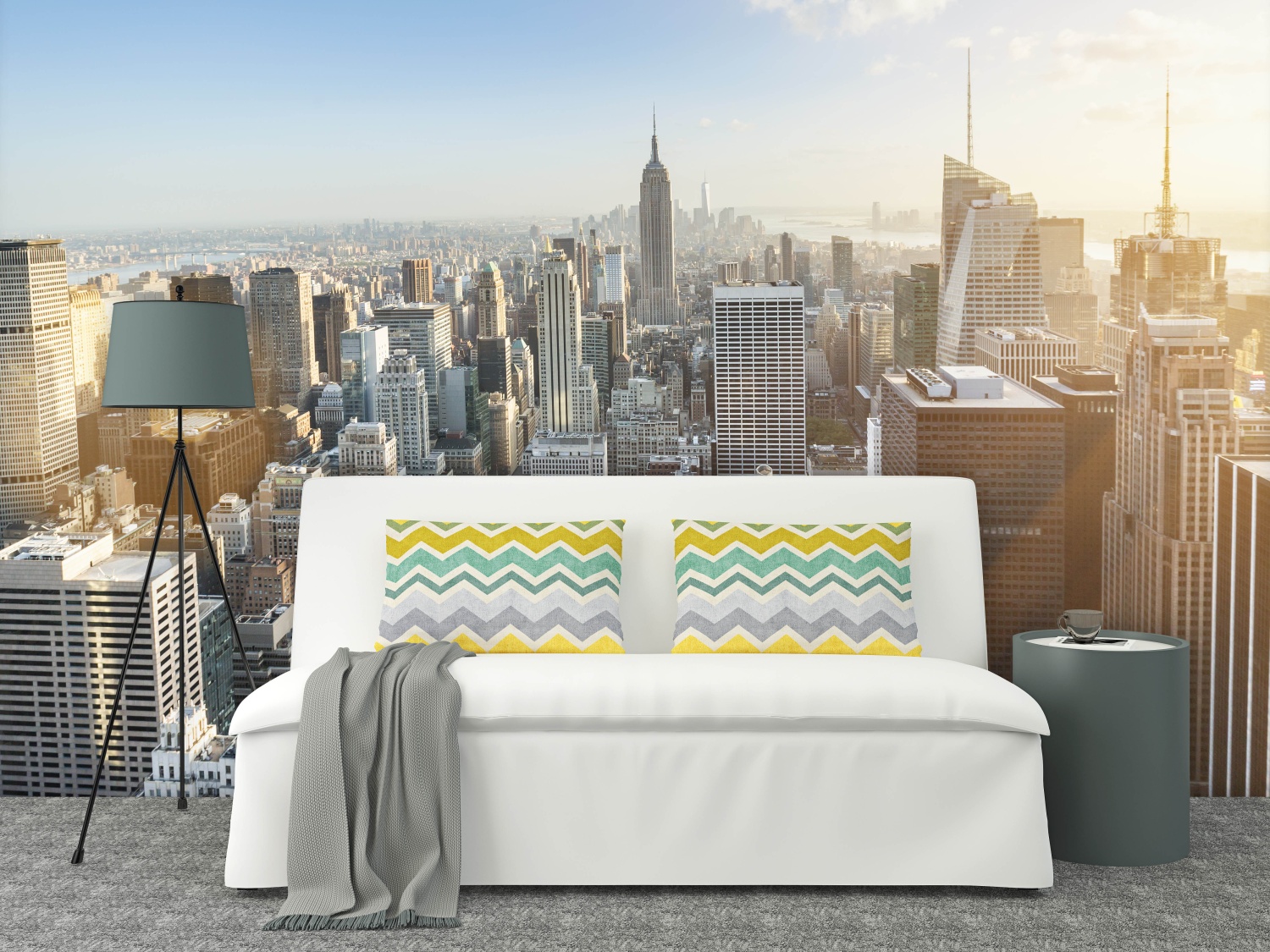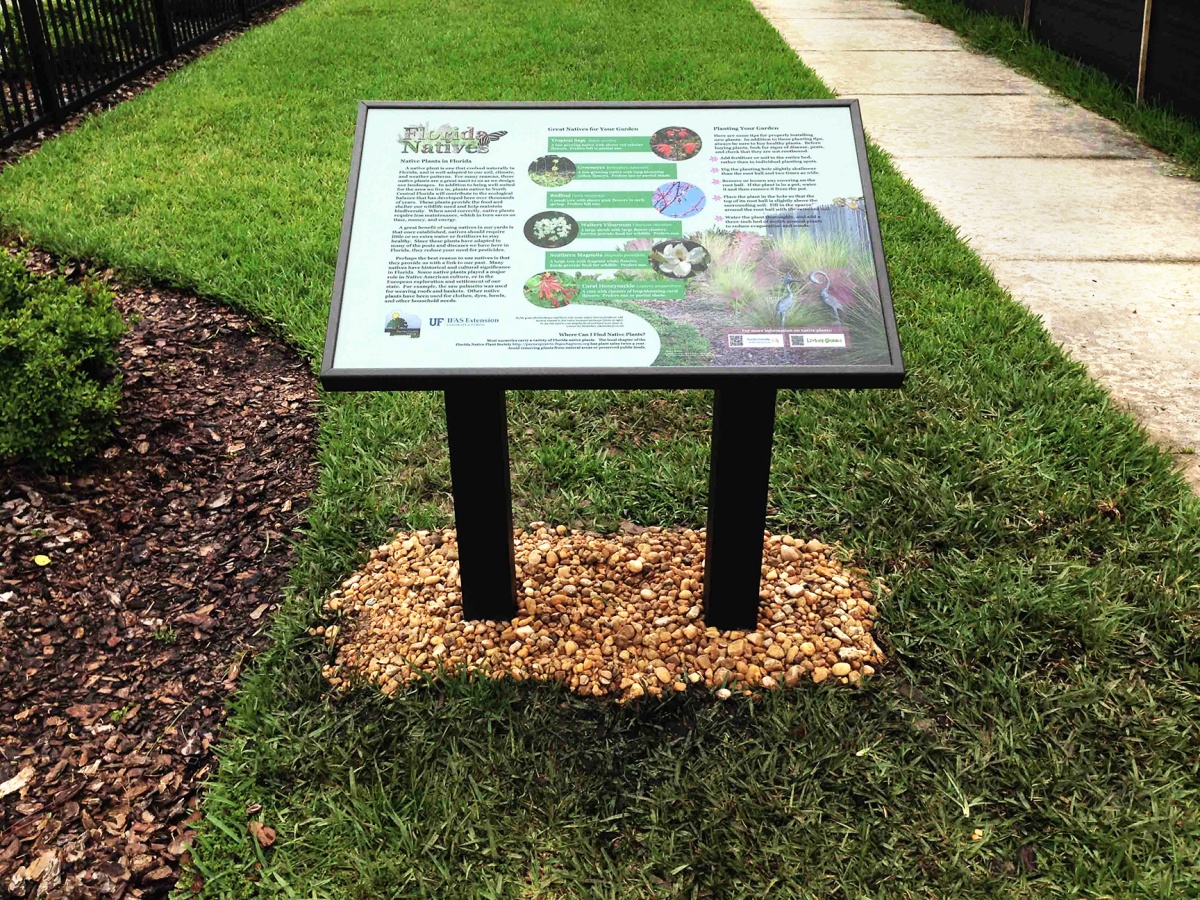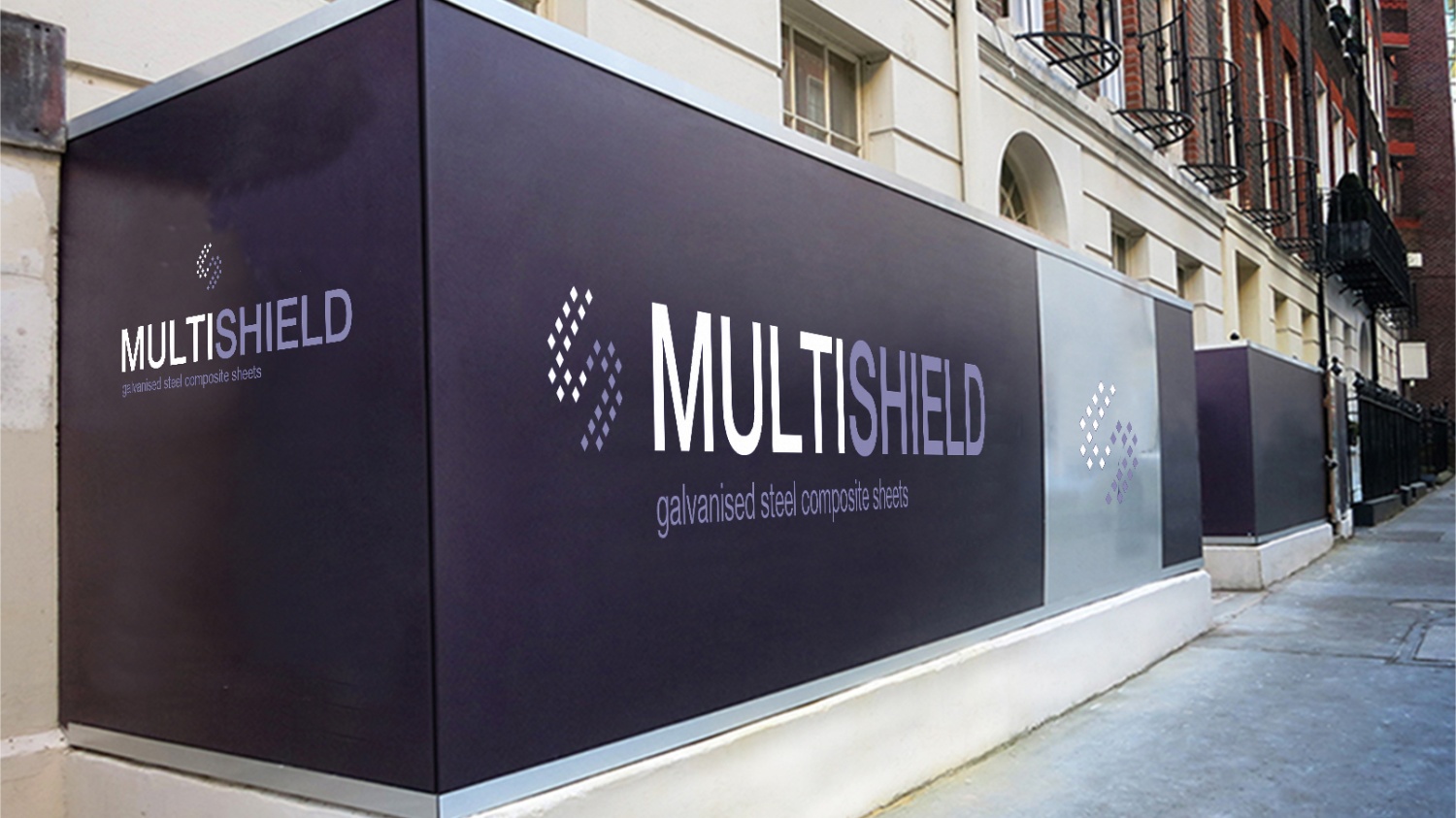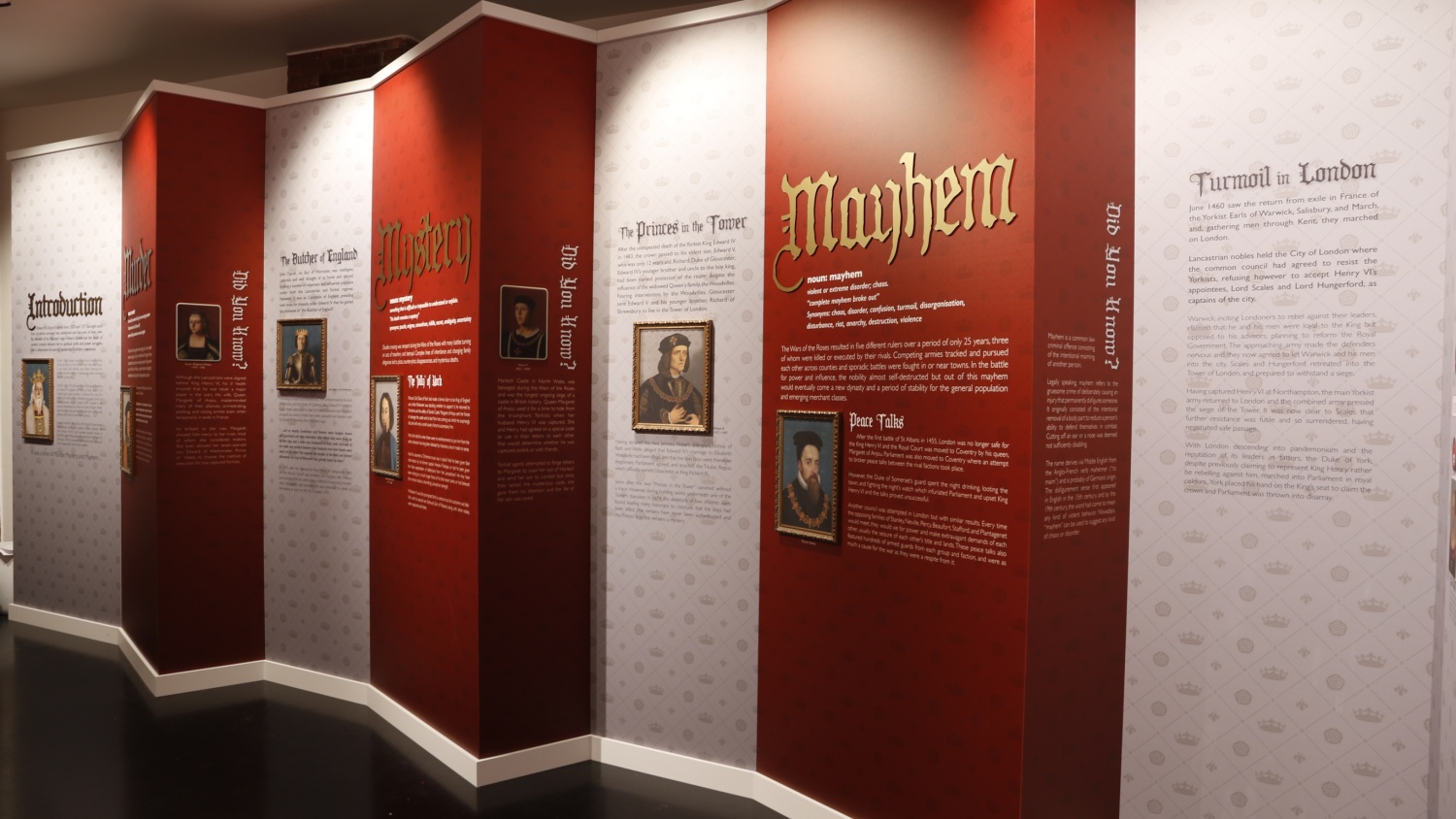Inkjet these days can print on to anything but air. Well, almost. So what are substrate suppliers doing to help you push your print boundaries?
Substrate suppliers recognise an opportunity when they see it, so diversification by print companies - wanting to get the best possible ROI on the large-format print technologies they employ - has, over the last few years, invited excited activity from media manufactures. The result? As a PSP you can find digitally printable substrates to answer almost any customer ask - and to prompt questions they probably didn’t even know they had! Today’s kit/ink/media offering should in theory make it easier to get much valued niche applications in front of customers - and new prospects - across all sorts of markets. If there’s a downside, it’s probably the amount of time you need to take investigating the burgeoning array of options. You can’t expect things to slow down any either - media companies are following the money and promise to come up with ever more novel offerings in 2018 and beyond, especially in areas where they feel creatives/designers are yet to get to grips with the possibilities - interiors for instance - and where they see enormous scope.
Frank Moran, Antalis’ visual communications strategic development director, comments: “Developments in digital print have and will continue to offer a natural path of diversification. Firstly, there is the interior design market, as the growing range of digital wallcoverings available to create bespoke or personalised designs, as well as the potential afforded by dye-sublimation to create bespoke textiles, continue to pique the interest of many interior designers. Easy apply products will also present a big business opportunity as retailers seek to refresh their displays in an increasingly challenging retail environment quickly and with minimal fuss.”
Innotec marketing manager Keiran Dallow says: “We’re in the early stages of a trend towards more specialist substrates for demanding applications, and ones that stimulate senses through textures and special effects. As marketers push their creativity to the limits, I think the demand for specialist substrates will only increase. This trend was very much evident with the interest in our Kinetix ferrous sheet textile at a recent exhibition.”
"We're seeing a call for materials that are suitable for niche applications like floor graphics, and textile displays that can be printed across multiple print platforms,” joins in Chris Bailey, director of print industry supplier Quality Print Services Ltd (QPS) - which sells the KernowJet, Phototex digital wallpaper and Transjet sublimation papers - and is looking at expanding its media range with specialist products.
So, the upshot is that you can expect to see inkjet print media development at a pace next year. In the meantime, let’s have a look at some of those to have hit the market over the last few weeks/months.
Starting with wallcoverings, Neschen recently brought out a 100µm thick, polymeric and phthalate-free PVC film solvoprint performance wall-grip suited to difficult, rough, porous or low-energy surfaces like plaster, concrete, chipboard and PP containers.
The self-adhesive film is characterised by a matt and even surface structure, which Neschen says provides excellent print results with (eco) solvent, latex and UV-curing inks. The high-tack adhesive on the product (available in 155cm x 50m rolls) is designed to last for five-years use indoor and outdoor.

While talking wallcoverings, it is also worth noting that Felix Schoeller’s Styline nonwoven PVC-free wallpapers now have HP certification for latex printing.
Easy-apply/remove products came into something of their own in 2016, and that trend has continued. In the early autumn Antalis introduced Coala Magnetics large-format media for promotional applications. Not long after this InkTec Europe announced its exclusive UK distributor partnership with Natura Media, highlighting its Flat Dot offering that uses micro dots in the adhesive to create air channels to ensure easy application without bubbles. These white films, available in either glossy or matte, have an air release mechanism within the adhesive which enables very easy positioning and re-positioning, and which limits residue being left during removal. A white polyester self-adhesive fabric product known as Easy-Tex offers similar characteristics. However, this textured wall covering is removable and repositionable within the first hour of application only - the adhesive becomes more permanent after this time.
Innotech has added the DGcal self-adhesive vinyls range to its offering, and according to Dallow, “over the next 12 months, through Innotech Digital, DGcal will be announcing new lines to their range including high tack and low tack options, floor laminates and floor graphic vinyls amongst others.

When it comes to new rigid materials a couple in particular stand out. TheMagicTouch, under its DyeSubMagic branding, has been appointed exclusive distributor for the UK and Ireland for Duraluxe HD metal - a powder coated aluminium panel with UV resistance and anti-graffiti properties for full colour outdoor signage.
Duraluxe aluminium panels, made by Decoral, are compatible with most sublimation ink brands including Sawgrass, Jtec, Kiian, Sensient, STS and Epson. The finished product comes with a certified minimum five-year guarantee for use outdoors. The panels are 1.2mm thick, available in various standard sizes up to 2.4m. The patented double powder coating process also enables the panels to be trimmed and shaped without flaking.
Perspex Distribution meanwhile, has introduced Multishield, a new steel composite panel offering large-format printers the opportunity to produce whiteboards or printed magnetically receptive panels with no additional processes. Also new is a white formulation of the company’s anti-static PVC foam.

The same Kent factory that produces the Alupanel aluminium composite is producing the galvanised steel composite Multishield. The steel skin makes the panels magnetically receptive, and the product is available in either a digital/digital finish, or a digital/whiteboard coating. Available in a 3mm and 6mm thickness, the panels have a polyethylene core between two 0.25mm galvanised steel sheets offering load bearing rigidity and panels that are easily fabricated.
Also, Antalis has added a low-weight, rigid, PVC-free foam board - Stadur’s Viscom Sign Easyprint - to its offering. It’s made from Stadurlon compact sheets on both sides, allowing it to be bent or folded without breaking. Milling V-shaped grooves enables the foam board to be easily foldable by hand, while milling slot grooves, allows various geometrical shapes to be generated.
If you read the Angel Awards piece in this issue you’ll see that one of the winners this year is DP lenticular for its Motion 20 LPI UV-LF sheet. With a viewing angle of 54in and a thickness of 1.95 mm, it is suitable for the production of animation lenticular images - a novel and as yet not fully realised opportunity for large-format PSPs.
Also quite novel, yet completely different, is the new WipeErase Clear overlaminating film for the creation of bespoke dry-erase boards. Compatible with solvent, UV and latex printing technologies, the clear PET film has a gloss, hard coat finish and pressure-sensitive acrylic adhesive. Said to possess excellent anti-graffiti qualities, as well as resistance to scratches, abrasions, water, solvents, stains and chemicals, WipeErase Clear also allows for the removal of permanent marker with the use of rubbing alcohol.
Much more mainstream is the area of wrap films, but that’s not to say there haven’t been developments. William Smith has made a number of announcements this year, having added a number of colours to the 3M Wrap Film Series 1080 it stocks. It has also added 3M’s Scotchlite Print Wrap Film 780mC-10R to its range. This is a reflective film with slideability and non-visible air release.
“With a nine-year expected performance life, the product can be used on a multitude of vehicle types, and will be stocked in a standard 1220mm by 45.72m roll,” said William Smith’s head of marketing, Chris Bradley.
Neschen Coating has recently added gold and silver to its solvoprint easy dot films. Available in 137.2cm x 30m rolls, they can be printed with (eco) solvent, latex and UV curable inks and can be plotted or die-cut. In addition to the two new colours, easy dot films are also now available in matt, glossy, clear, transparent and whiteout variants.
Of course, we’ve got to mention textiles as part of this feature - but bearing in mind that the key Heimtextil event takes place in January 2018 after this article is written, you can expect to hear more of major developments post show. Recent developments worth flagging up though include two digitally printable Decoprint substrate collections - Sublimis and Alterra - from Soyang’s French partner Senfa.
Sublimis is a range of lightweight coated woven polyesters for direct and transfer sublimation printing as the name suggests. Available in widths up to 5m it is aimed at those producing backlit graphics and is said to provide excellent light diffusion. Alterra - winner of the 2017 ‘SGIA Product of the Year award’ - is a backlit fabric woven with 65% recycled fibres. It is said to perform in the same way as Senfa’s Decoprint Pearl, but uses fewer non-renewable resources. “Its green credentials continue with it being PVC-free and suitable for more eco-friendly ink types such as UV and latex,” says Soyang Europe’s sales director Andrew Simmons.

New from Antalis is a printable, self-adhesive wallcover fabric developed to allow for damage free removal and repositioning. The Coala Silky Wallcover Textile is a PVC-free, woven material that has a blockout layer to ensure existing graphics do not show through - making it useful as a covering for hard-to-remove graphics. The 170gsm product has a B1 fire rating and is available in three standard sizes: 1067 x 30m, 1370 x 30m and 1520 x 30m.
The above are just an indication of the strides being taken by media manufacturers to create a wider range of options, that in turn should enable you to ‘upsell’ a broader range of bespoke graphics applications to existing, and to new customers.
Nice little niche
Heard of NovaDura? It’s been around a while so you probably have, but it’s worth flagging up again as an example of what can be achieved with a novel material, or perhaps that should be materials given there are three products in this range of anti-graffiti, vandal resistant, 100% recyclable, coated print substrates that offer long-term resistance to UV and exterior weather conditions, and are supported by a ten-year warranty for colour resistance and attack by air-borne elements.
NovaDura was established in 2008 after a gap in the signage market was identified for long-term products, with considerable time and investment given over to developing the intellectual property of the product before launching primaDura was introduced to the sign trade in 2010 as a cost effective alternative to Vitreous Enamel. ecoDura HPL and reproDura dye-sub products joined the range in 2013 as a diversification into products with antibacterial and eco qualities, as well as allowing for images onto profiled media.
“Whilst we have been heavily involved in the heritage and museums sectors with our range of aluminium and high pressure laminates (HPL’s), more diverse applications of each range are being requested, including; bespoke in-design building cladding, locker doors, street furniture, profile printed tile trim, checkout till fabrications areas in leading high street supermarket’s to name but a few,” says Gary Bradley, NovaDura commercial director.

